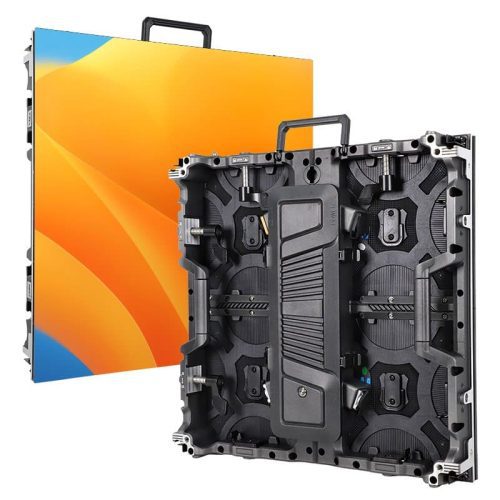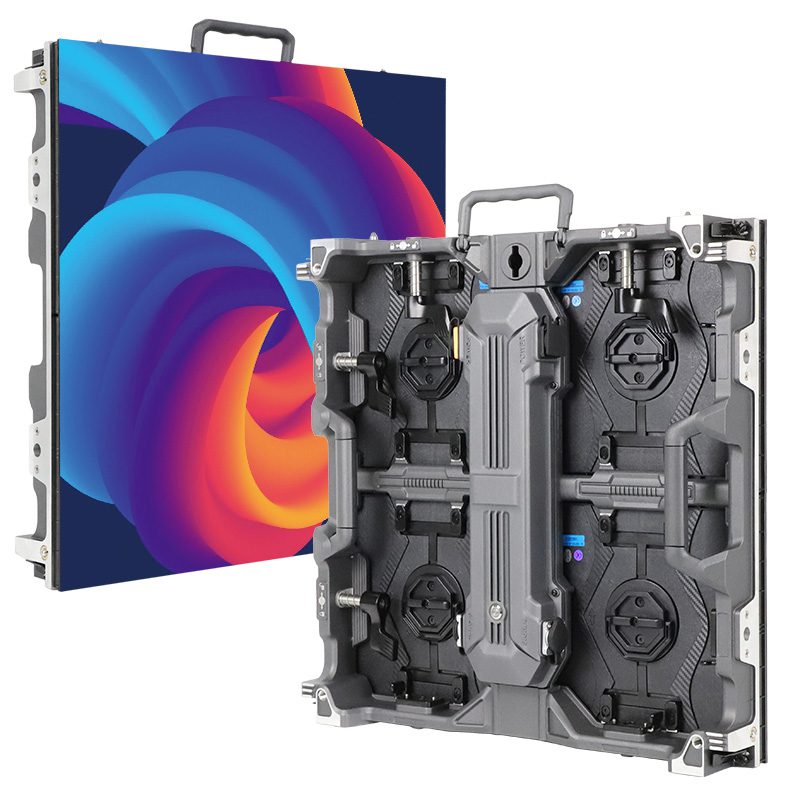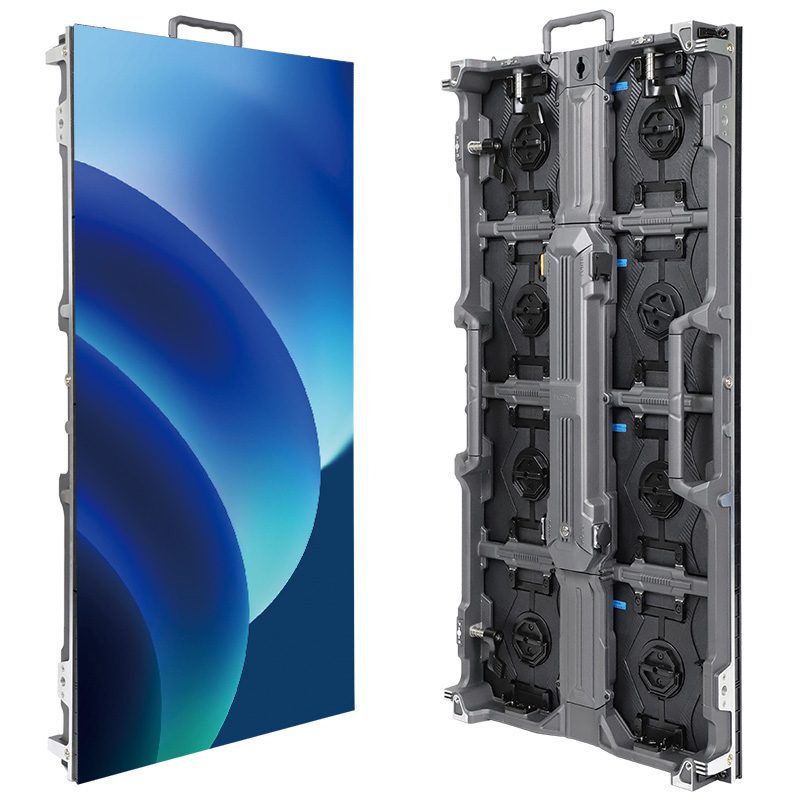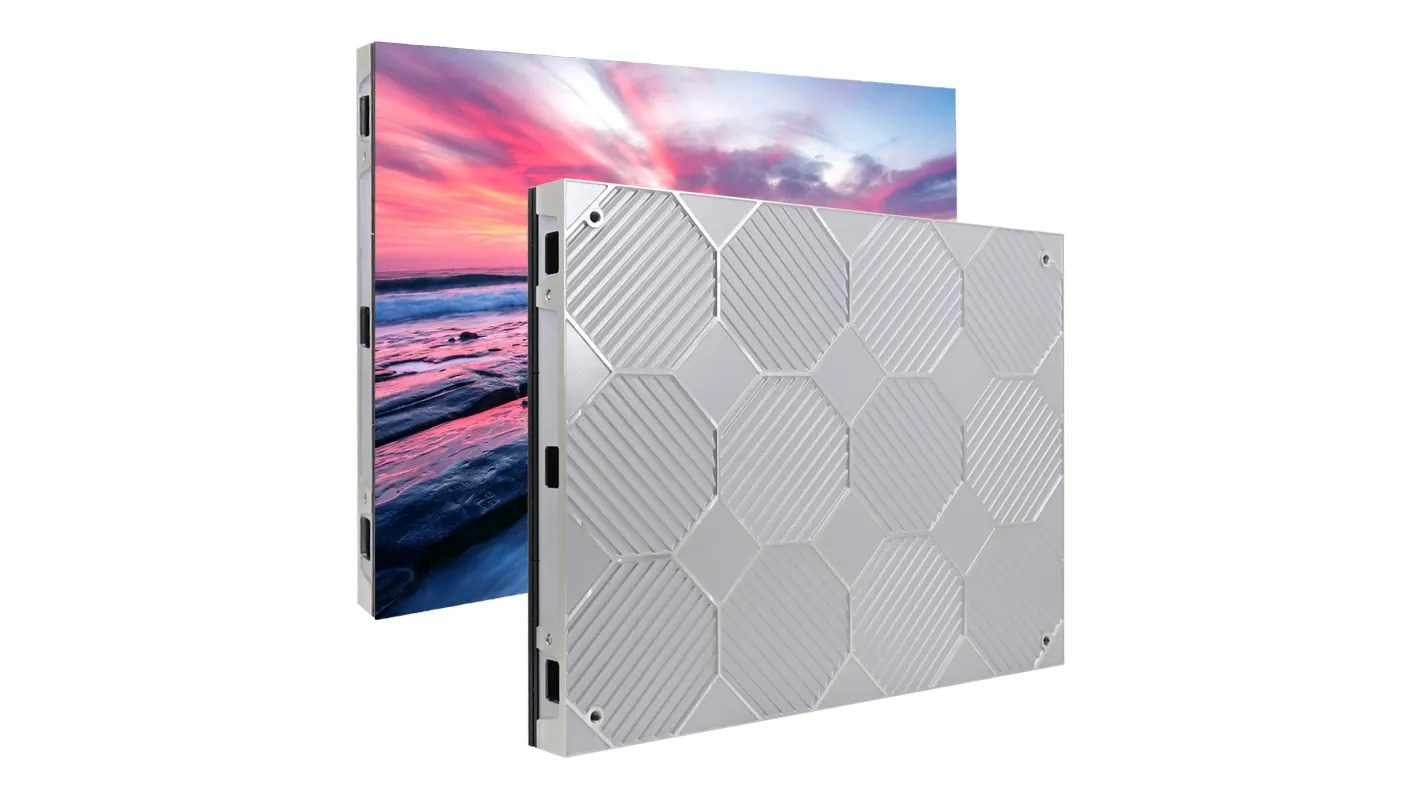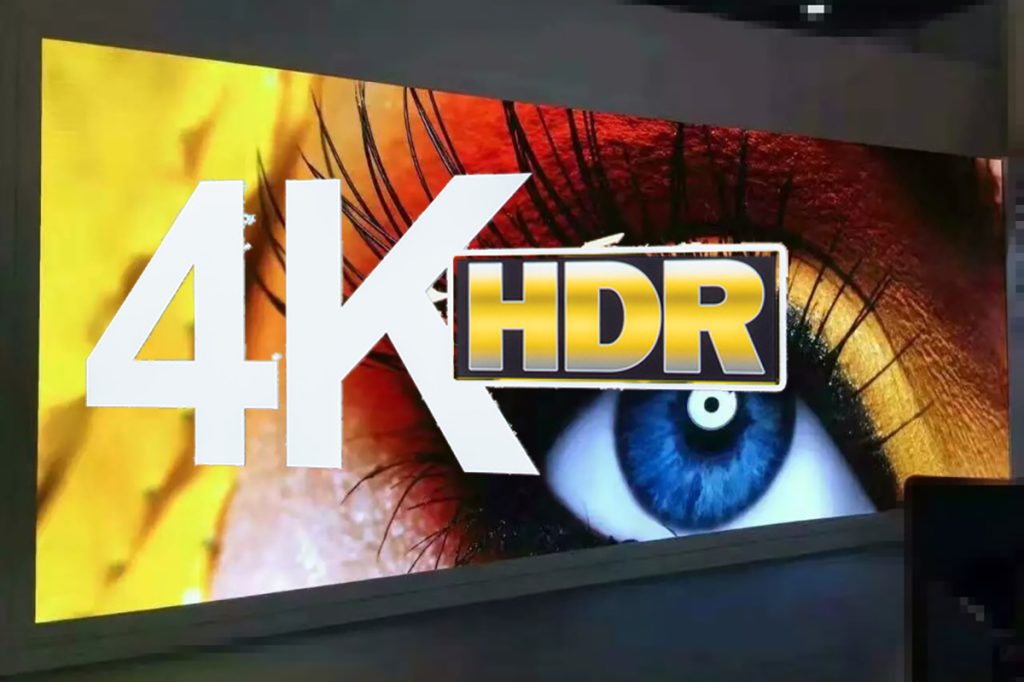We are surrounded by electronic screens every day, from large advertising screens on the street to smaller screens like TVs and smartphones. As a result, the impact of screens on our eyes has become a growing concern. Among these, LED display, one of the most widely used technologies, have led many to ask: “Is LED display good for the eyes?” How does it compare to traditional LCD screens in terms of advantages and disadvantages? With so many types of LED displays on the market, which one is more eye-friendly? EagerLED will answer these questions for you.
1. LED vs. LCD: Which is Better for Your Eyes?
LCD screens do not emit light themselves and rely on a backlight to illuminate the display. In contrast, LED screens use self-emitting diodes to produce light directly. This gives LED screens an advantage in brightness, contrast, and color accuracy, resulting in more vibrant and realistic images.

Both LCD and LED screens emit blue light, which can be harmful. However, LED screens can incorporate low blue light technology to reduce harmful blue light emissions and minimize eye strain.
Some low-end LCD screens use PWM (Pulse Width Modulation) dimming, which can cause flickering that is hard to notice but may lead to eye fatigue over time. Most LED screens, on the other hand, use DC dimming, which avoids flickering issues.
Therefore, under the same conditions, LED screens are generally better for eye protection compared to LCD screens.
2. Which Type of LED Display is More Eye-Friendly?
There are several common types of LED displays on the market:
Micro LED Screens: As a next-generation display technology, Micro LED uses micron-sized light-emitting diodes, where each pixel can emit light independently. This results in exceptionally high brightness, contrast, and color performance, along with lower power consumption and longer lifespan. In terms of eye protection, Micro LED screens can precisely control the brightness of each pixel, effectively reducing blue light emissions. Additionally, flickering issues are minimal, making Micro LED one of the most eye-friendly display technologies available today. Learn more about Micro LED screens >>
OLED Screens: These use organic light-emitting diodes, where each pixel emits its own light. This allows for extremely high contrast and color accuracy while effectively reducing blue light emissions. OLED is currently the most eye-friendly LED screen type.
Mini LED Screens: These use smaller LED beads, allowing for more precise local dimming. This improves image quality while also reducing blue light exposure.
Standard LED Screens: These use traditional LED backlighting. While not as eye-friendly as OLED or Mini LED, they can still reduce eye strain through technologies like low blue light certification.
In terms of eye protection, the ranking is: OLED > Mini LED > Standard LED.


